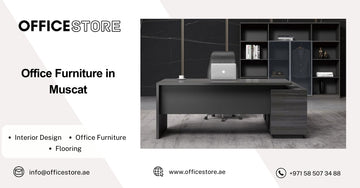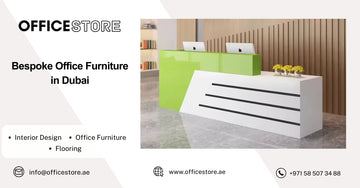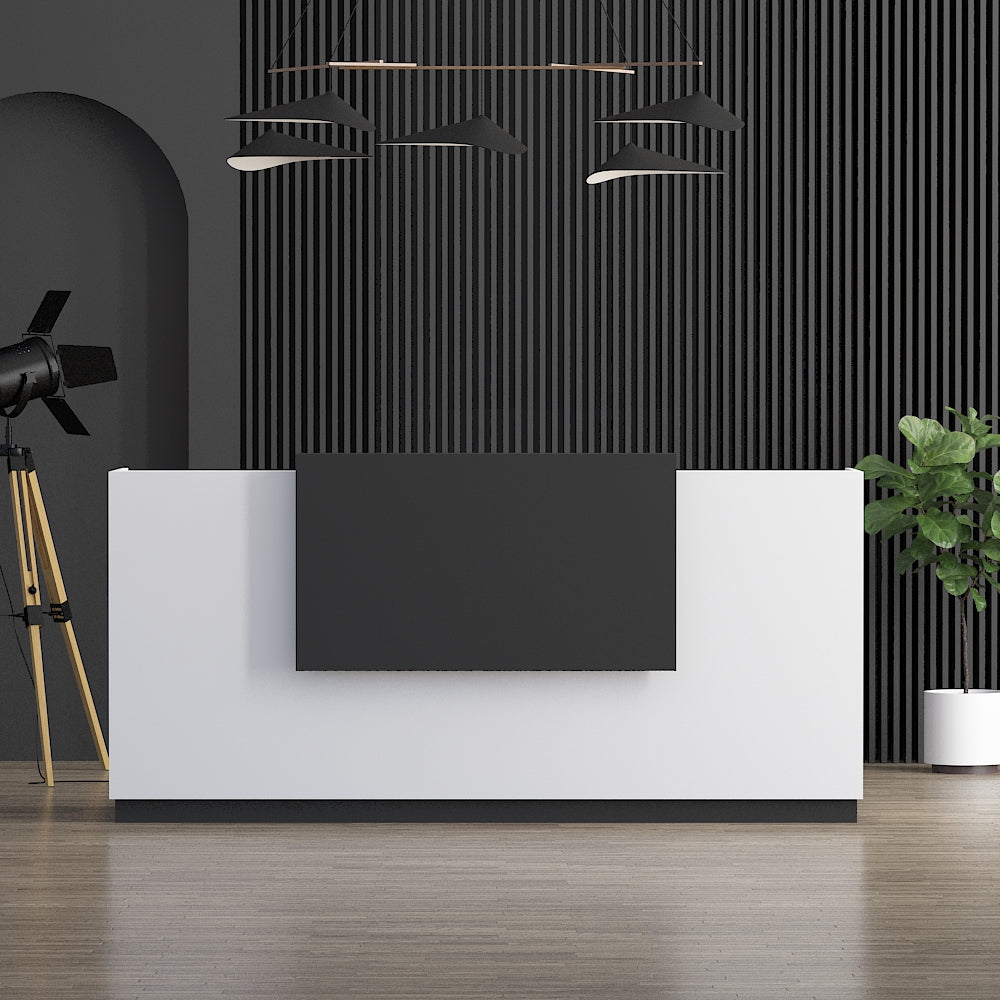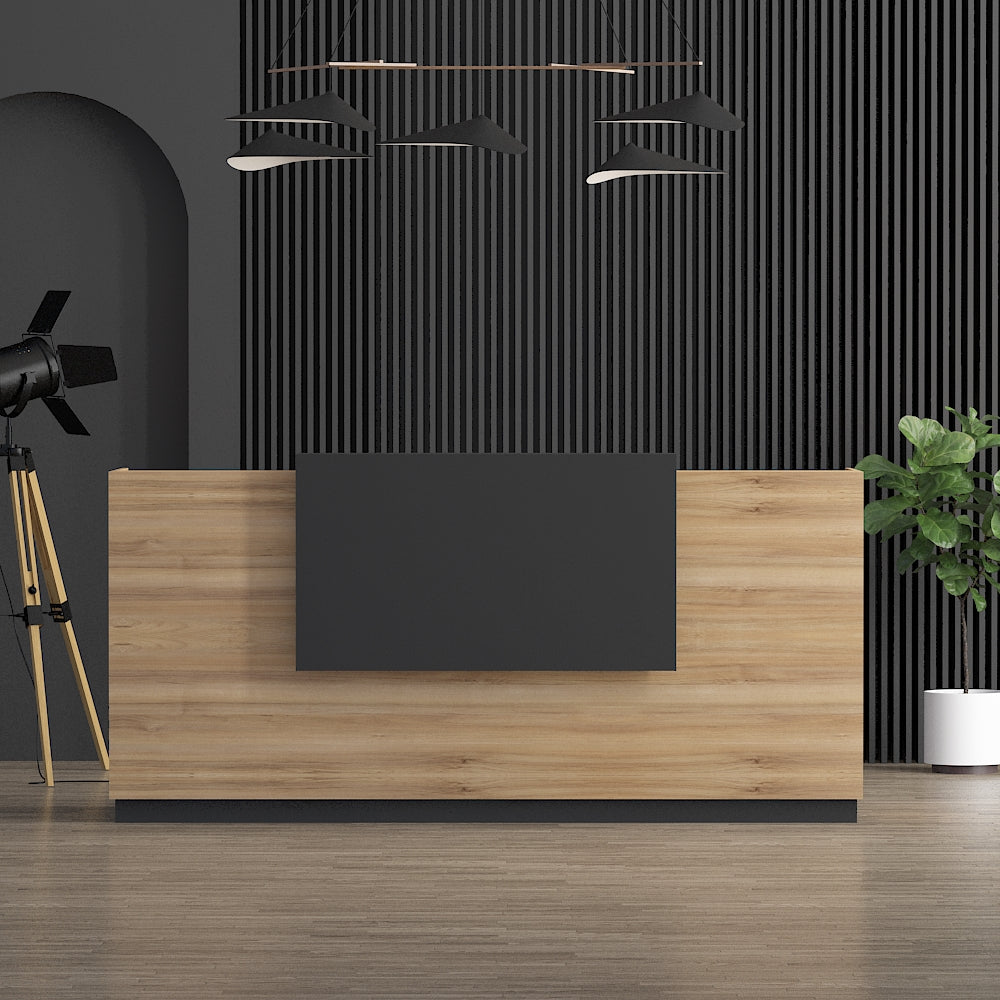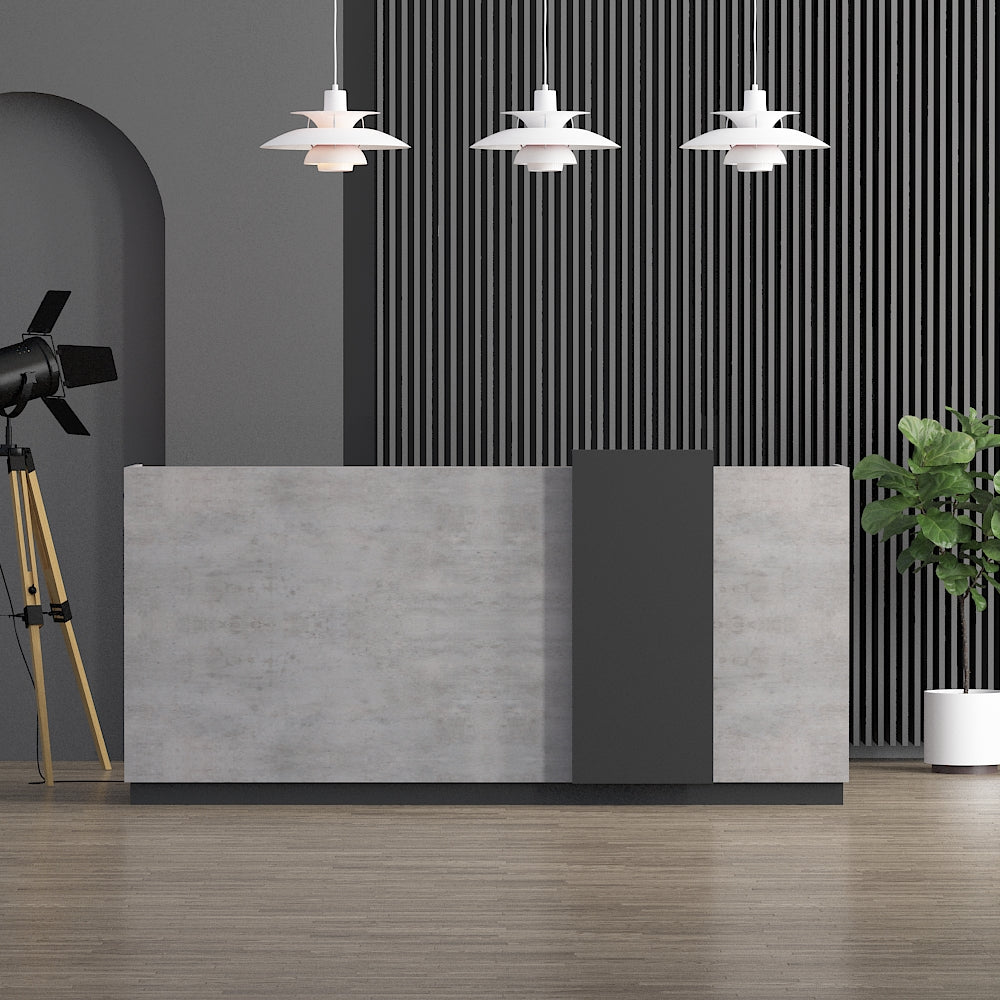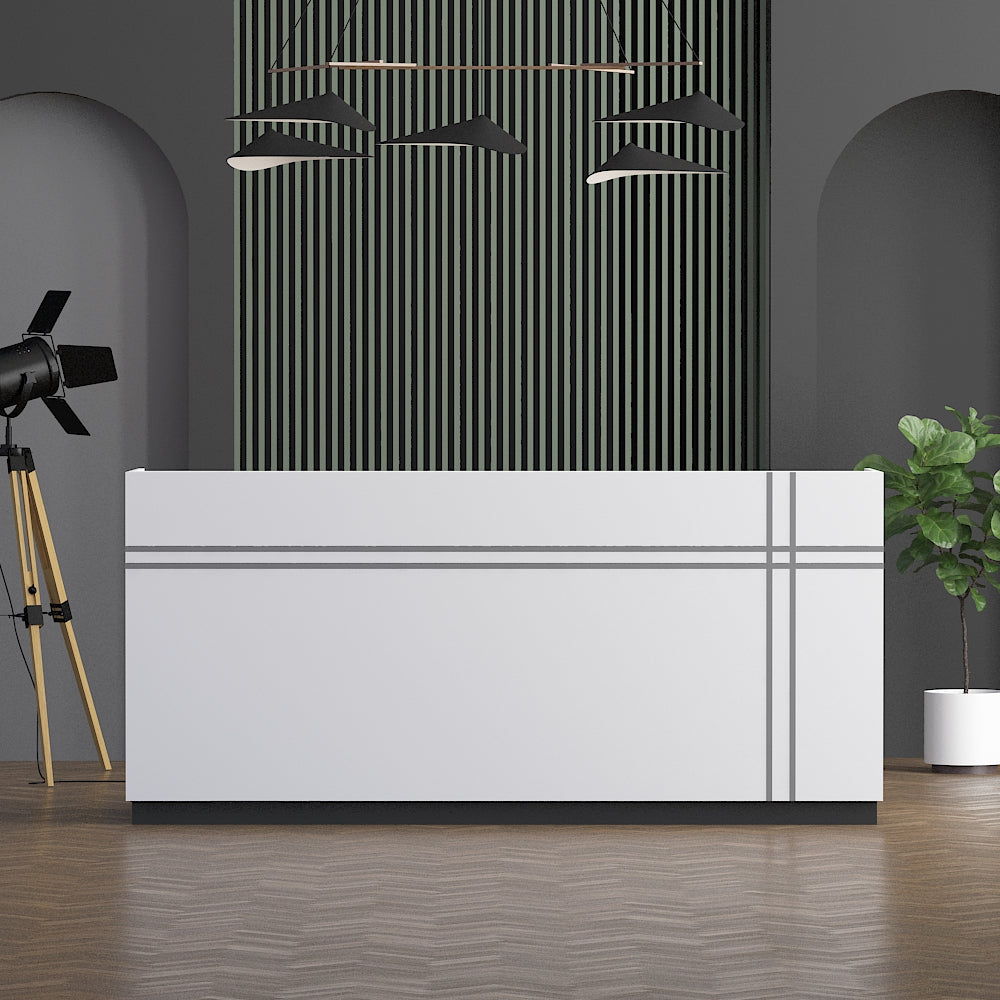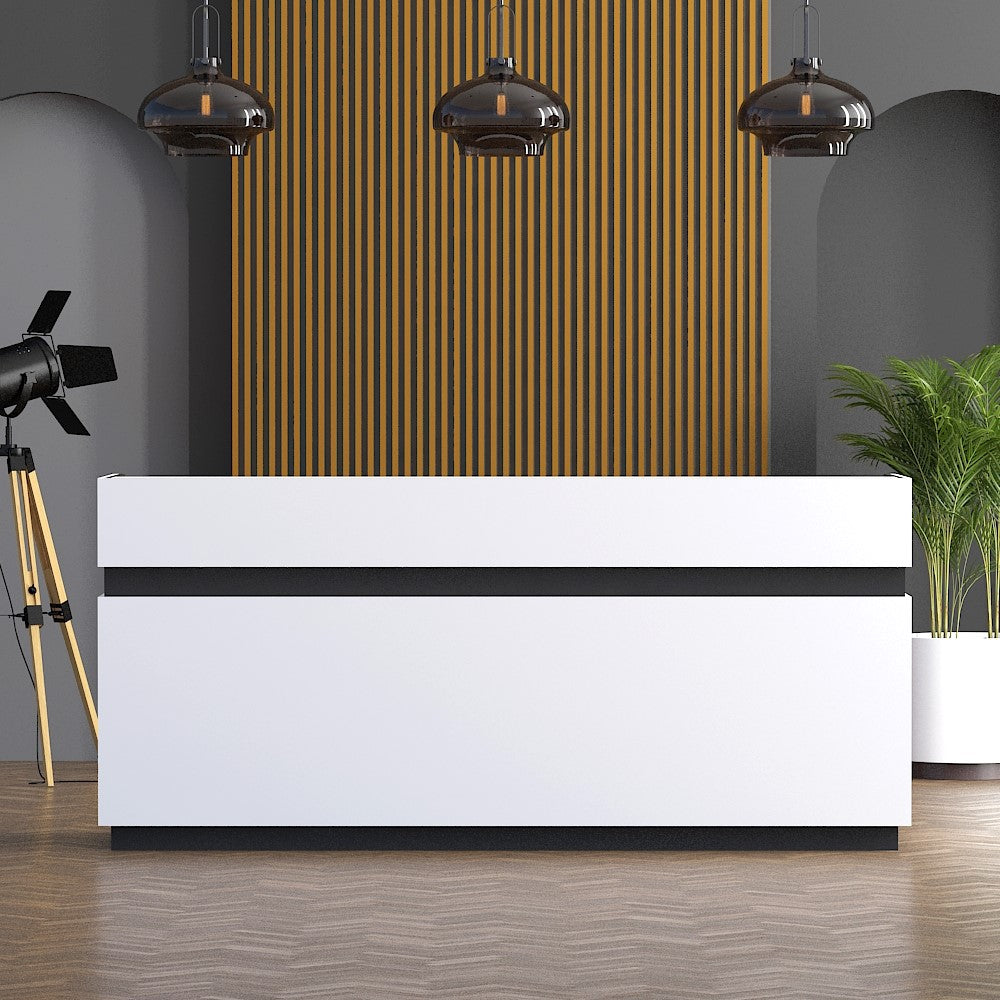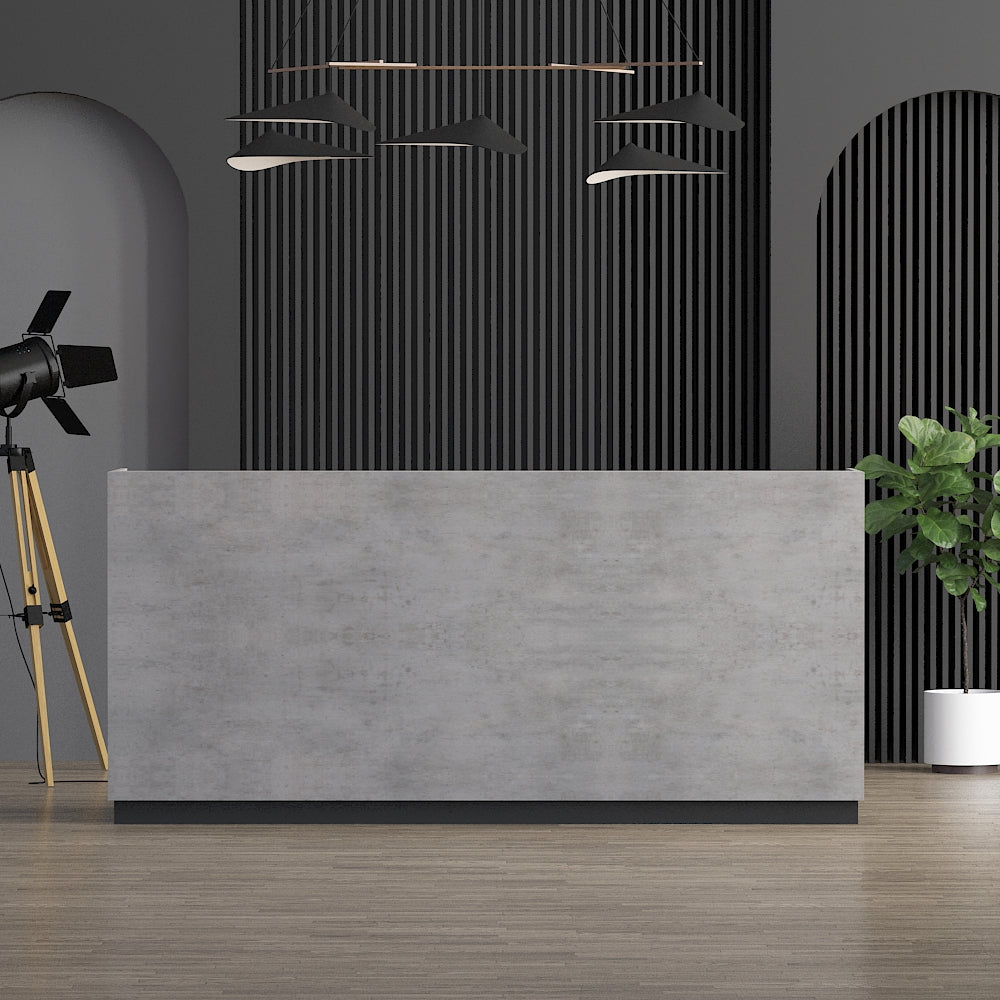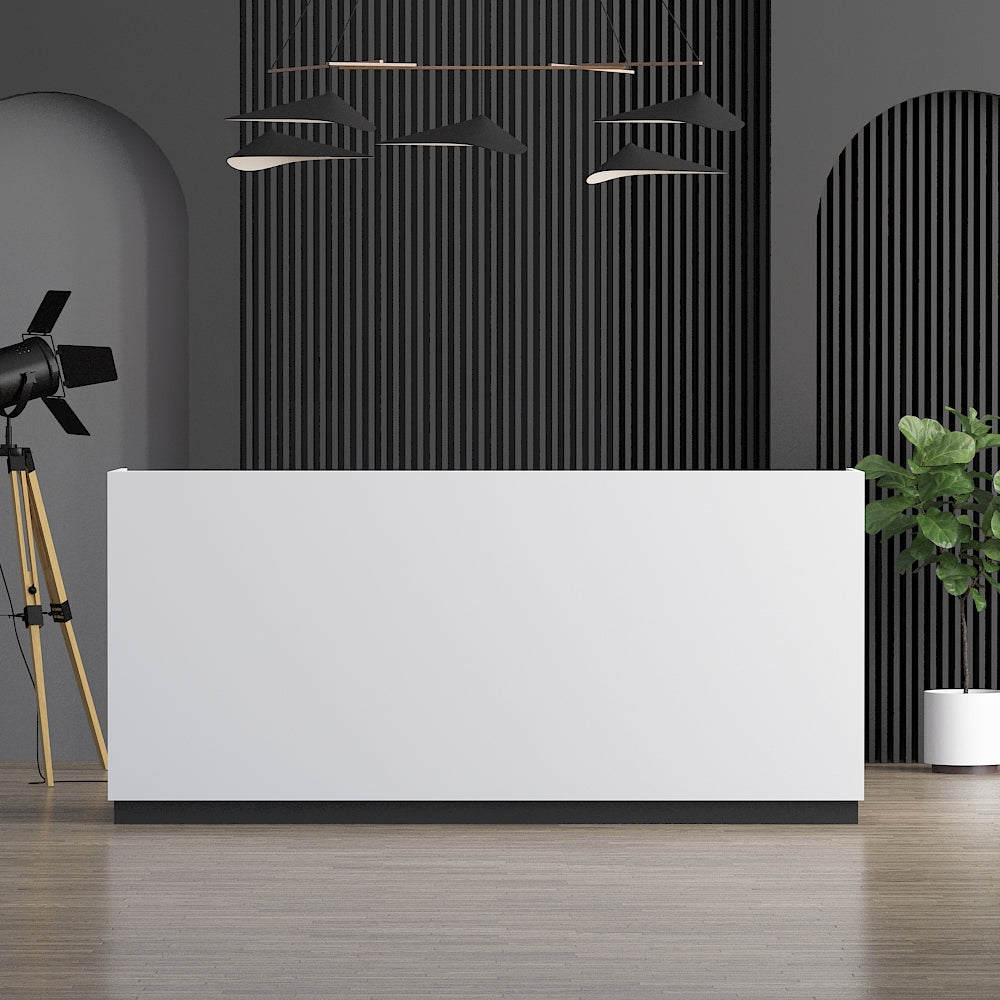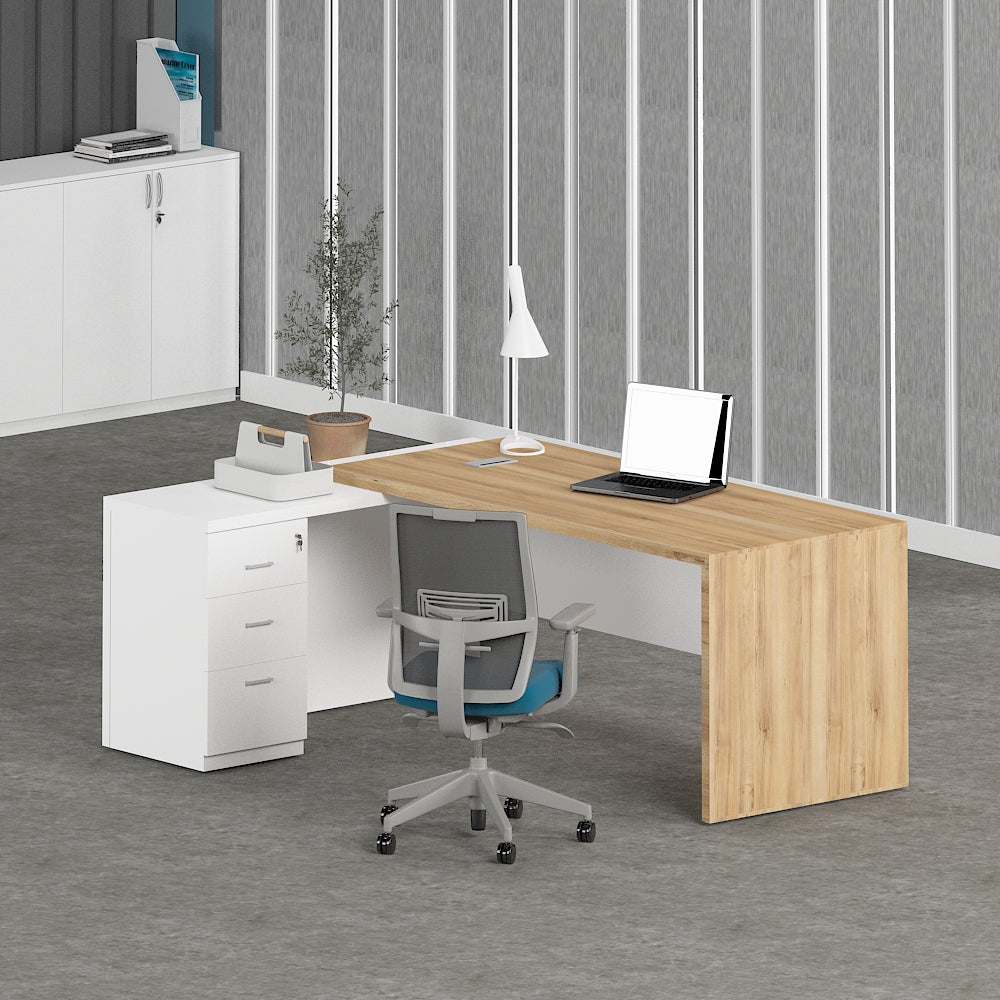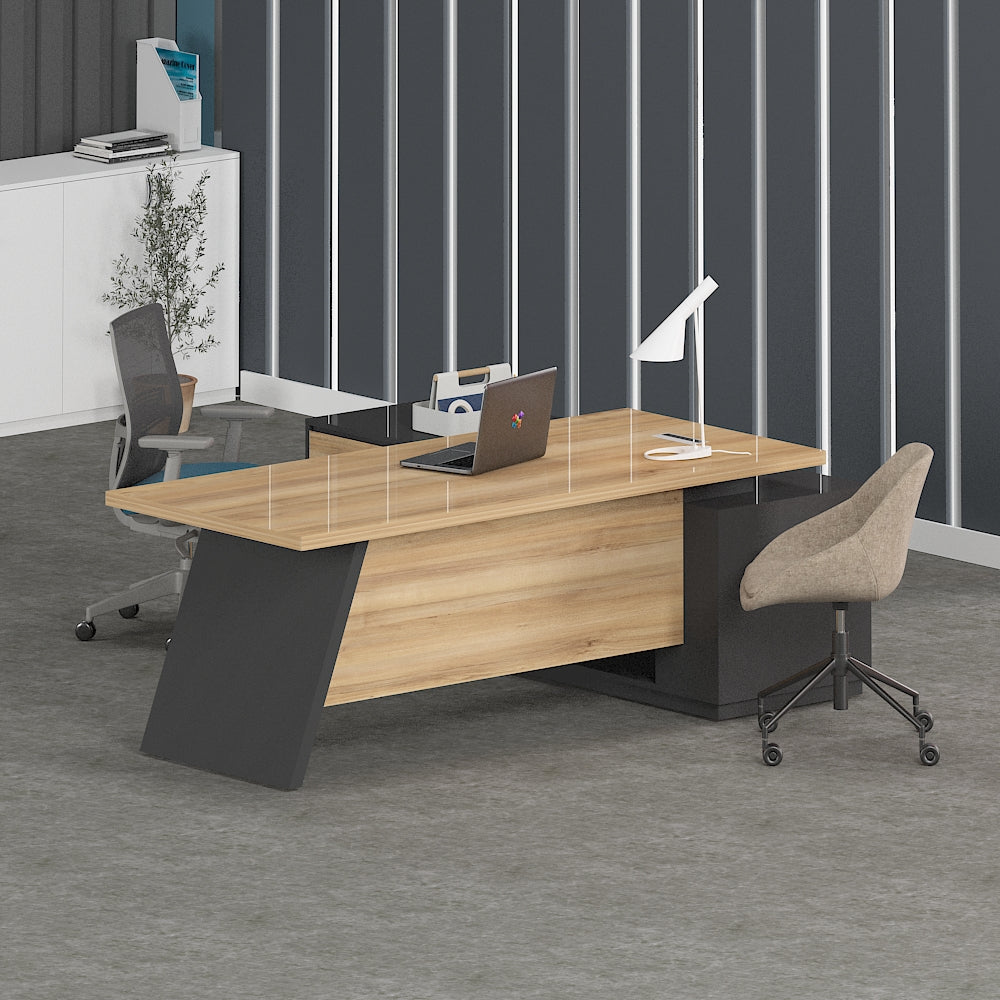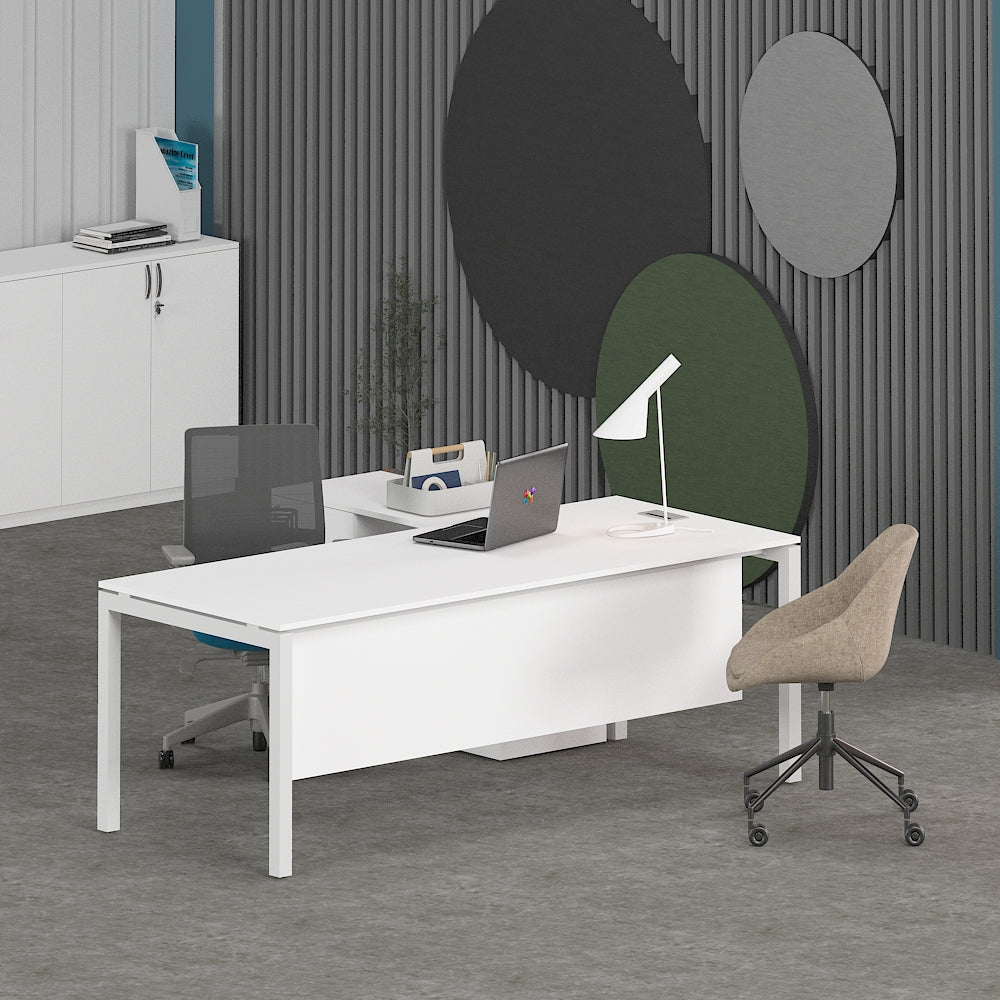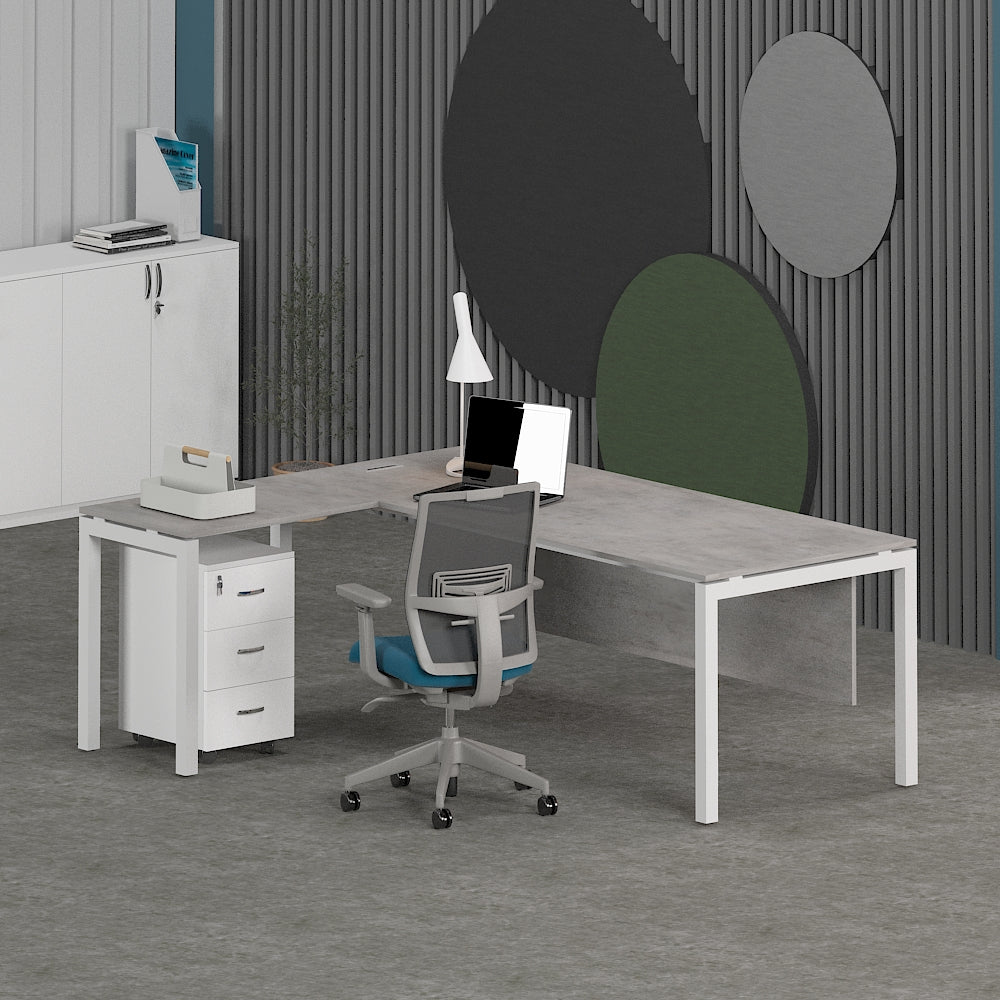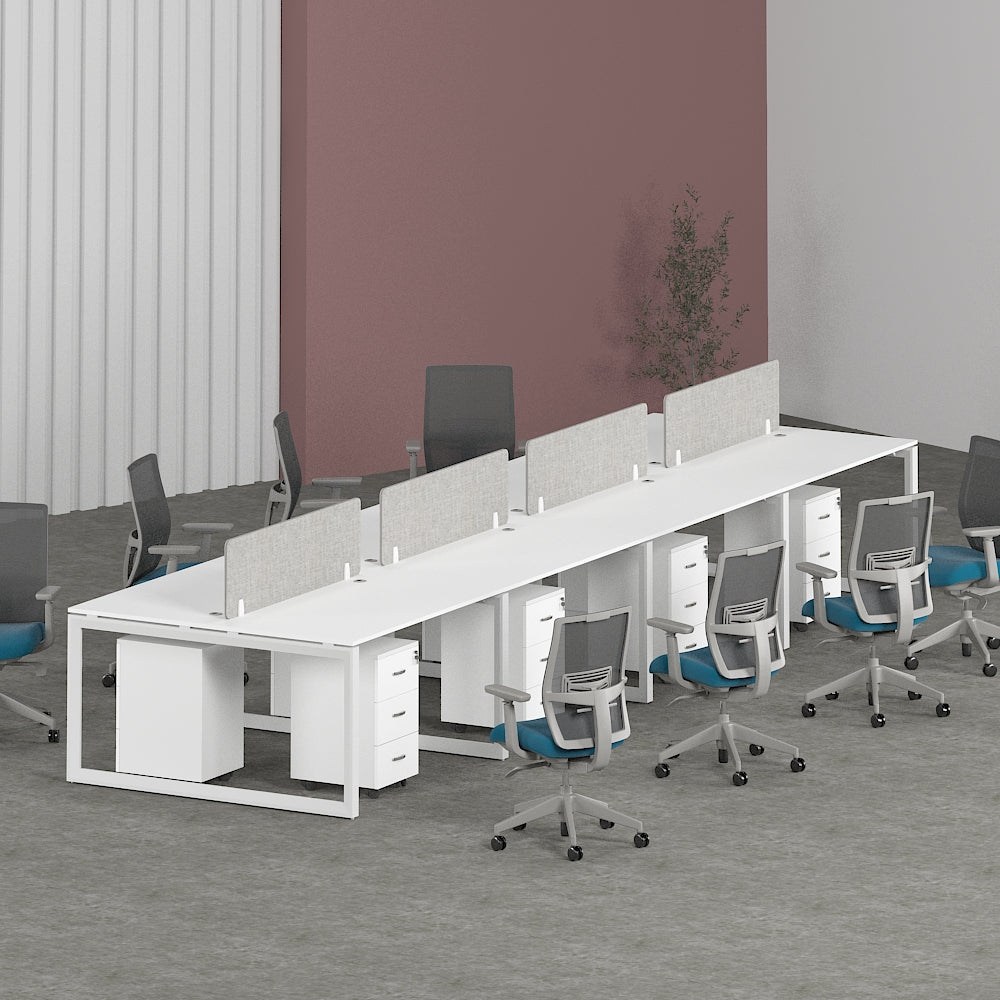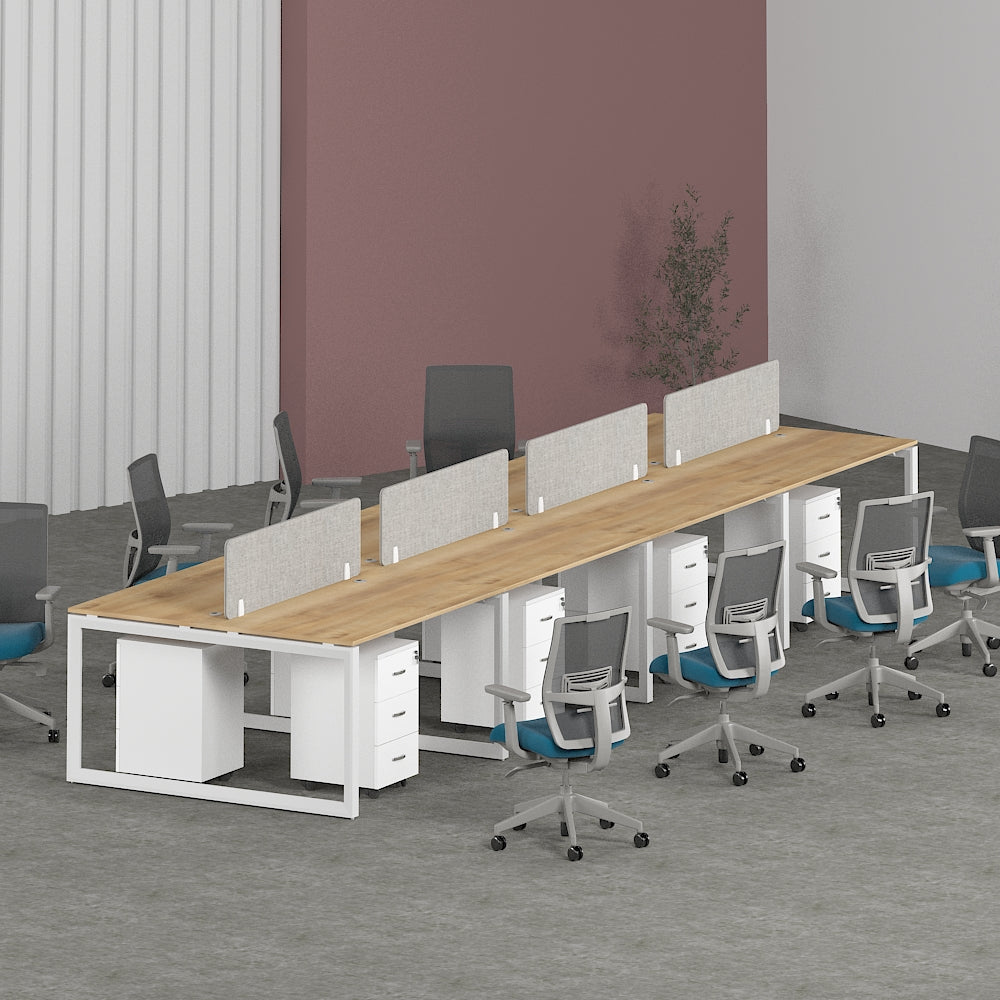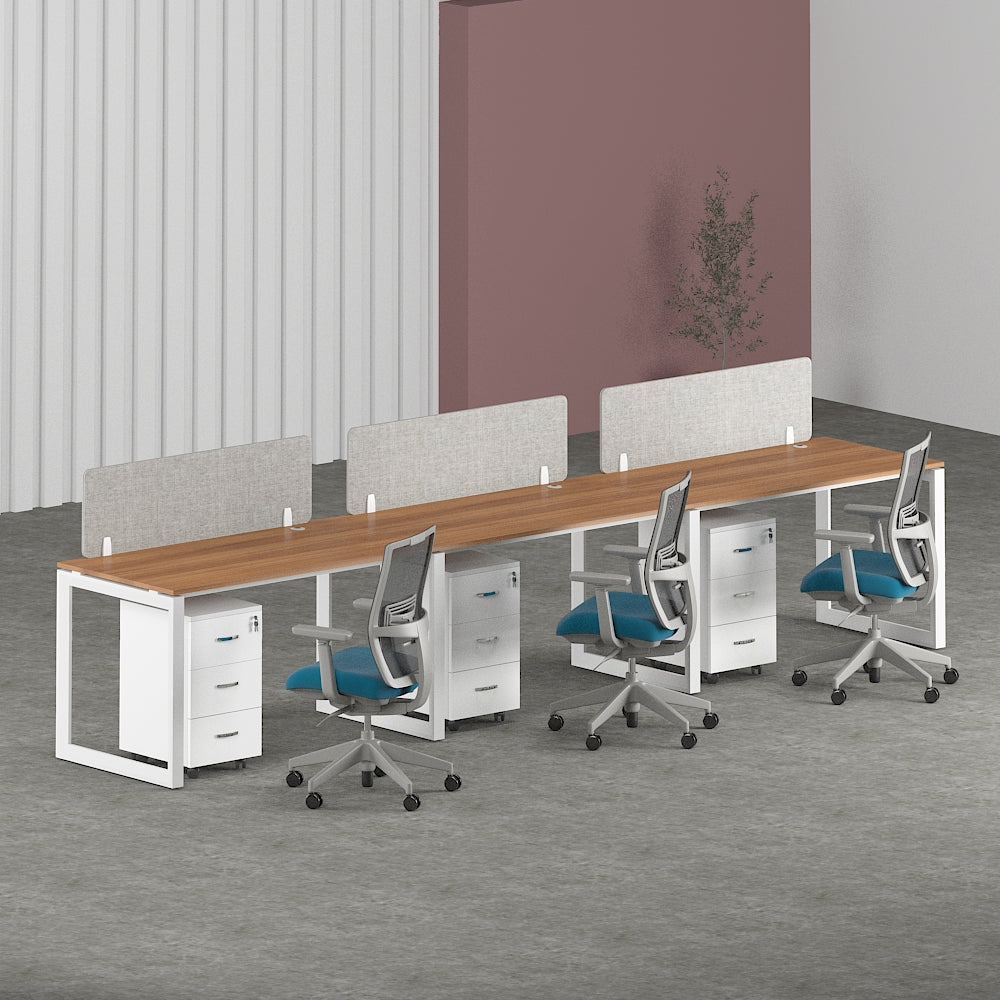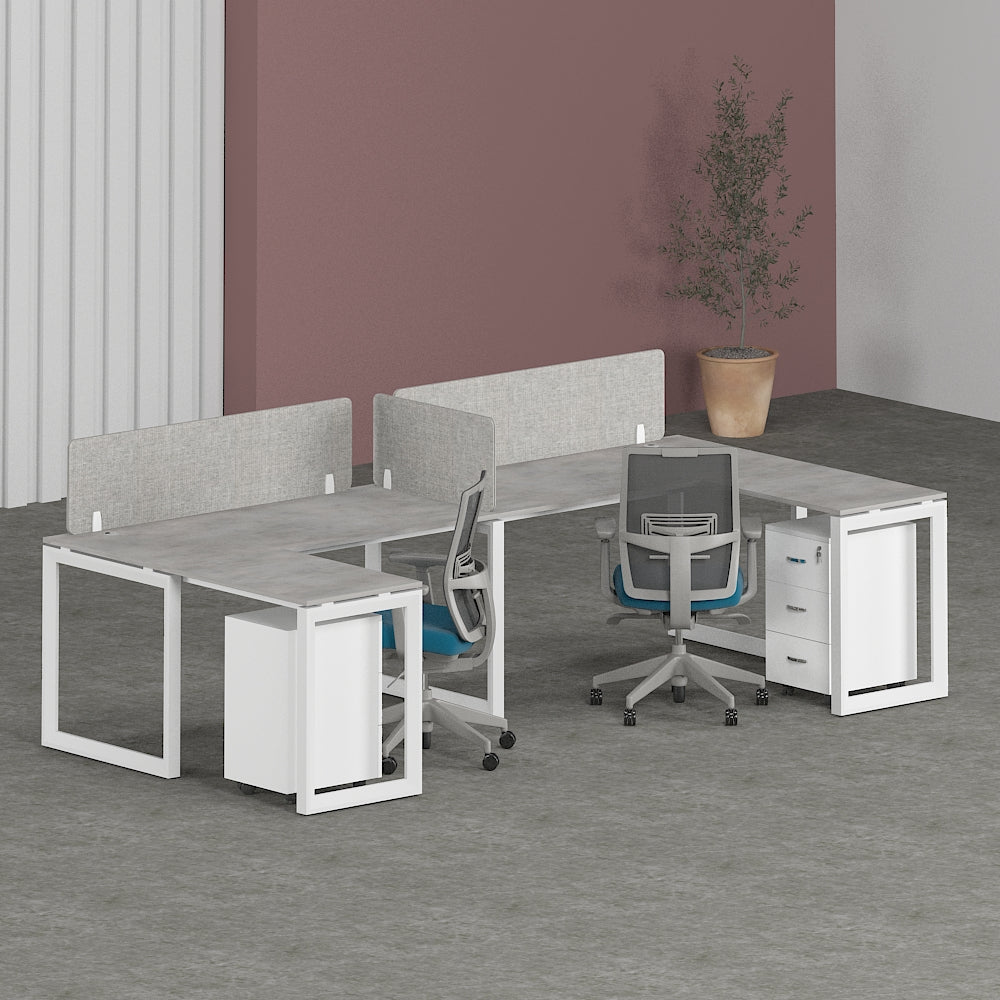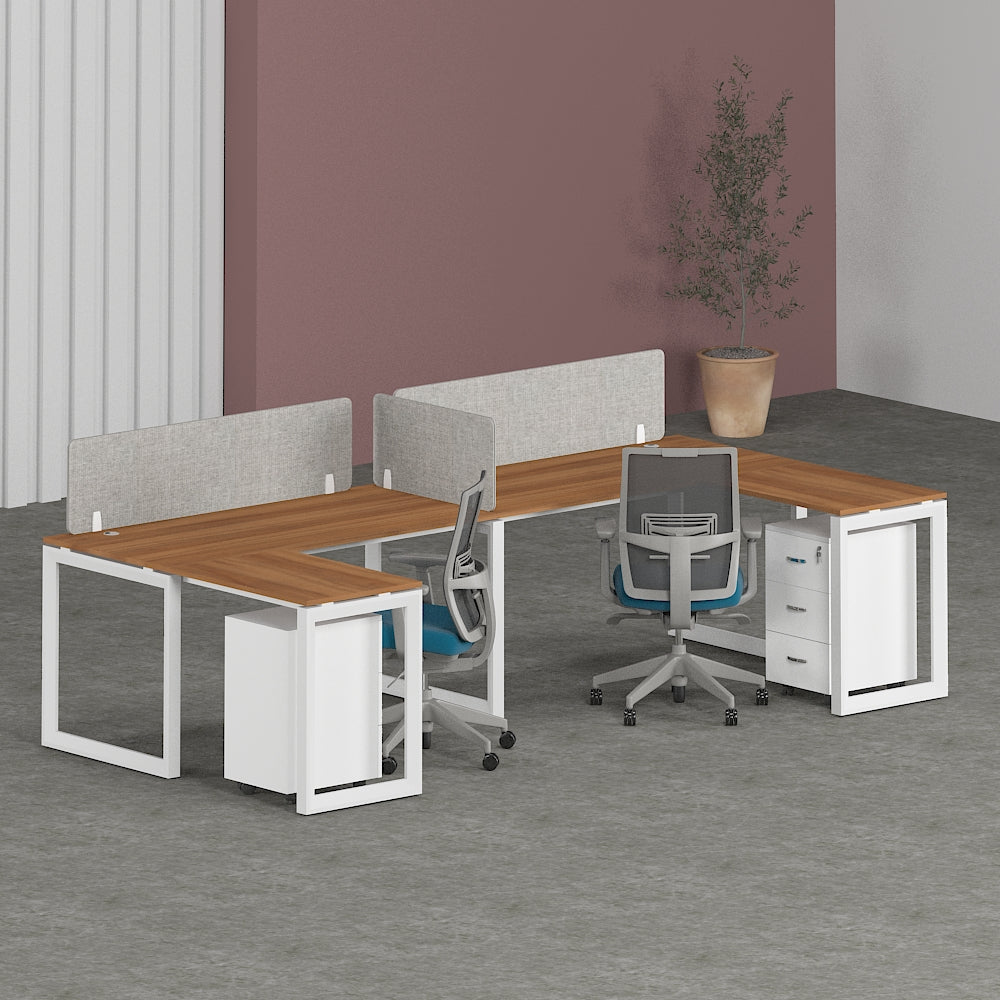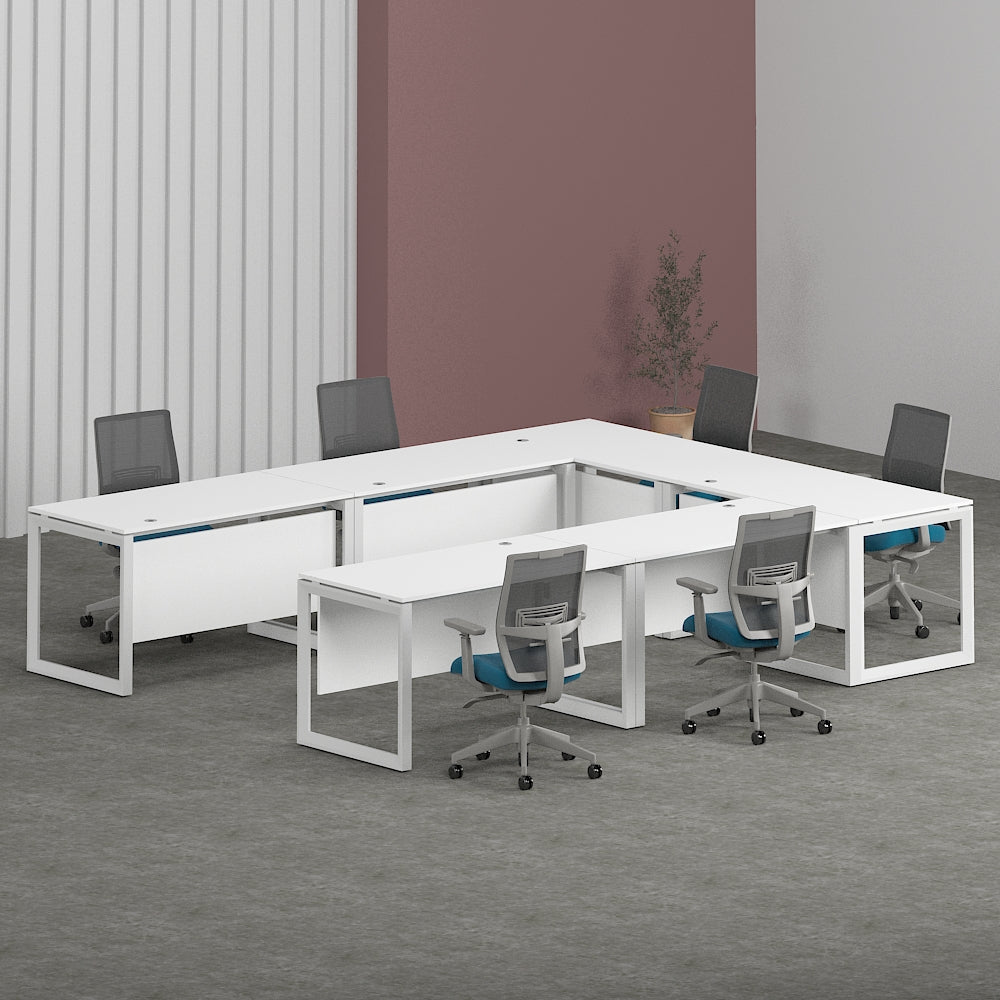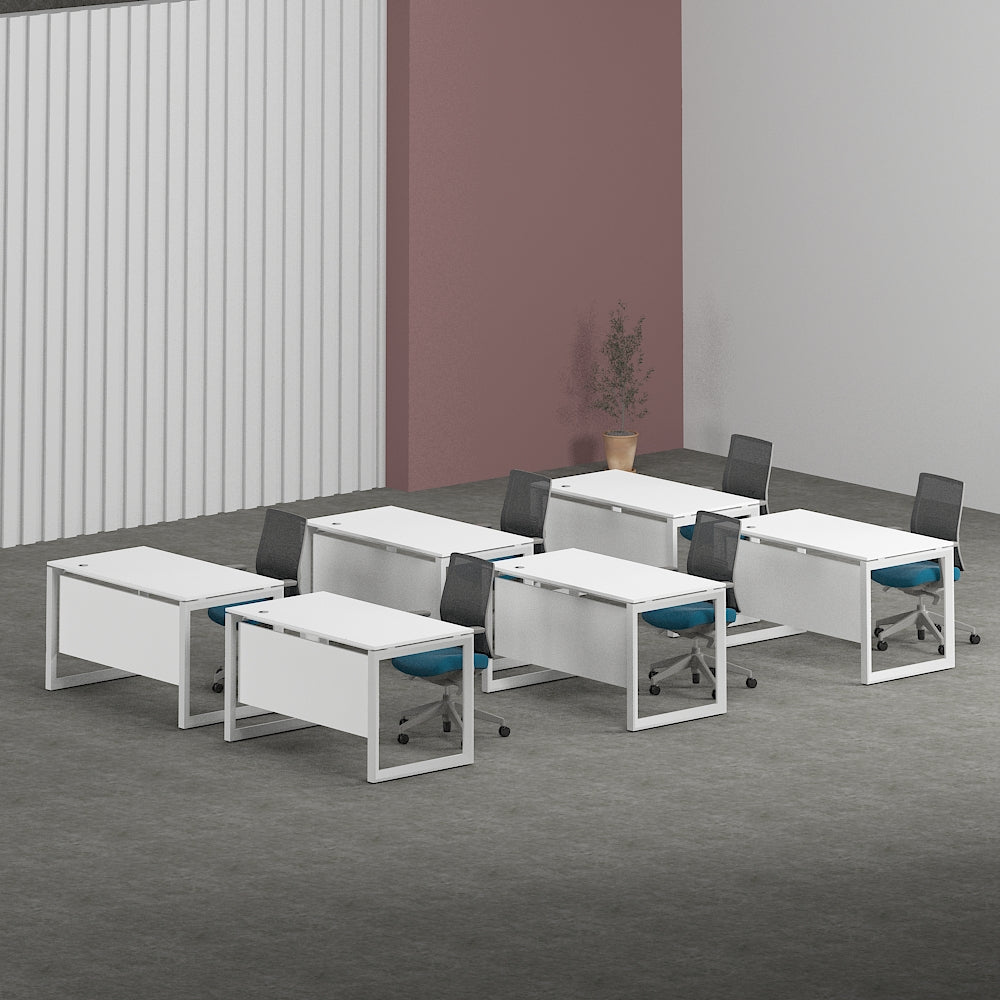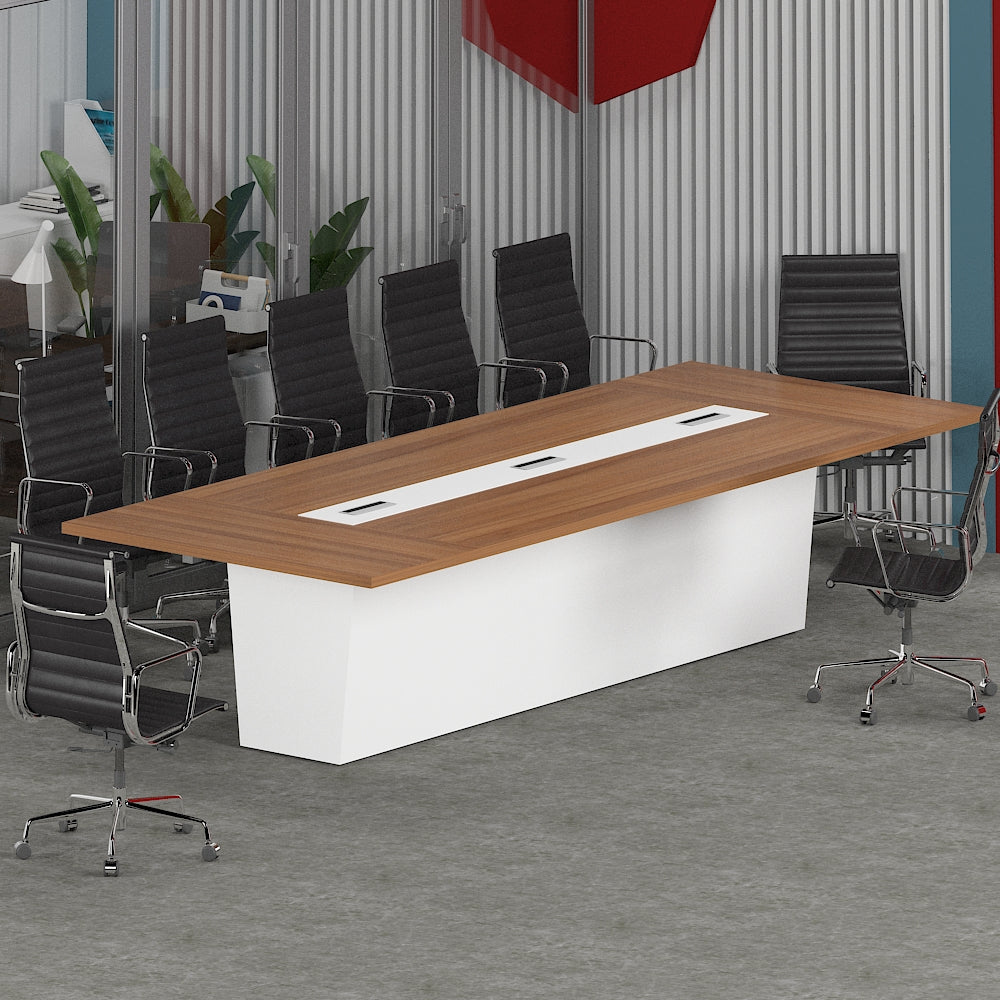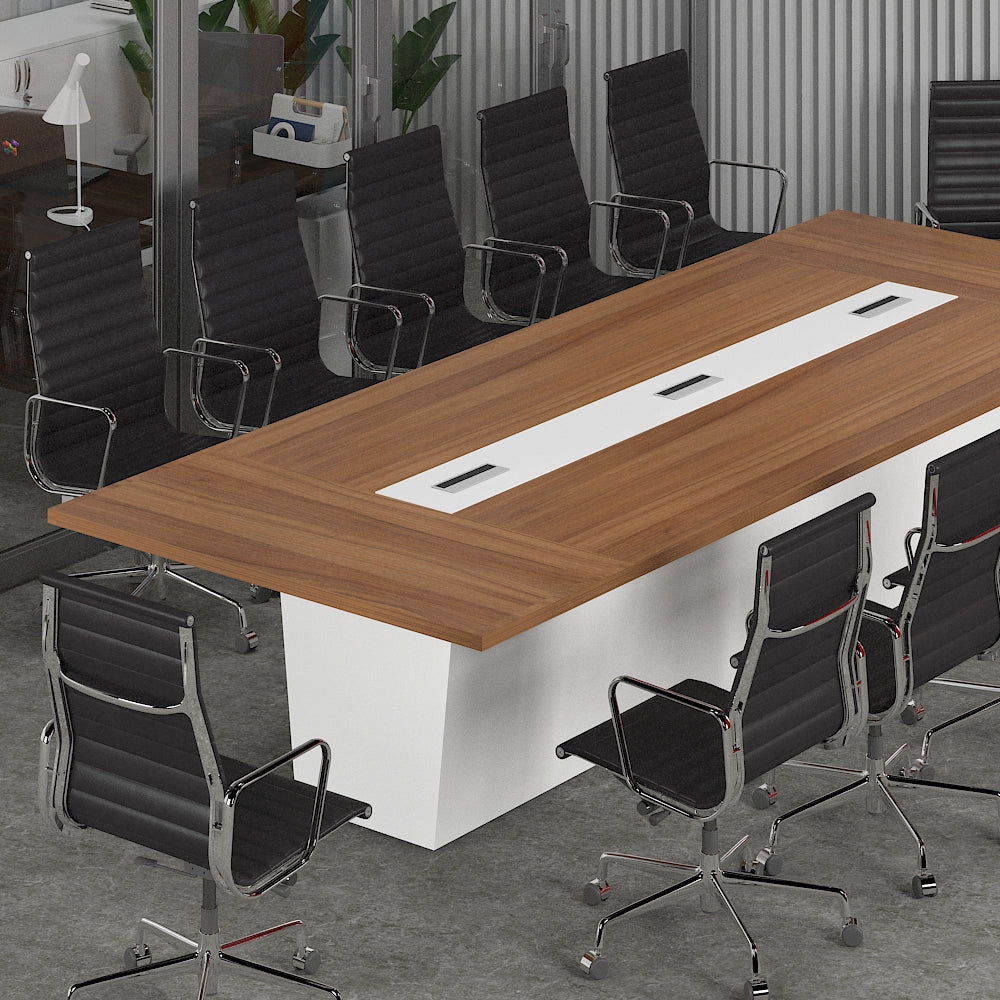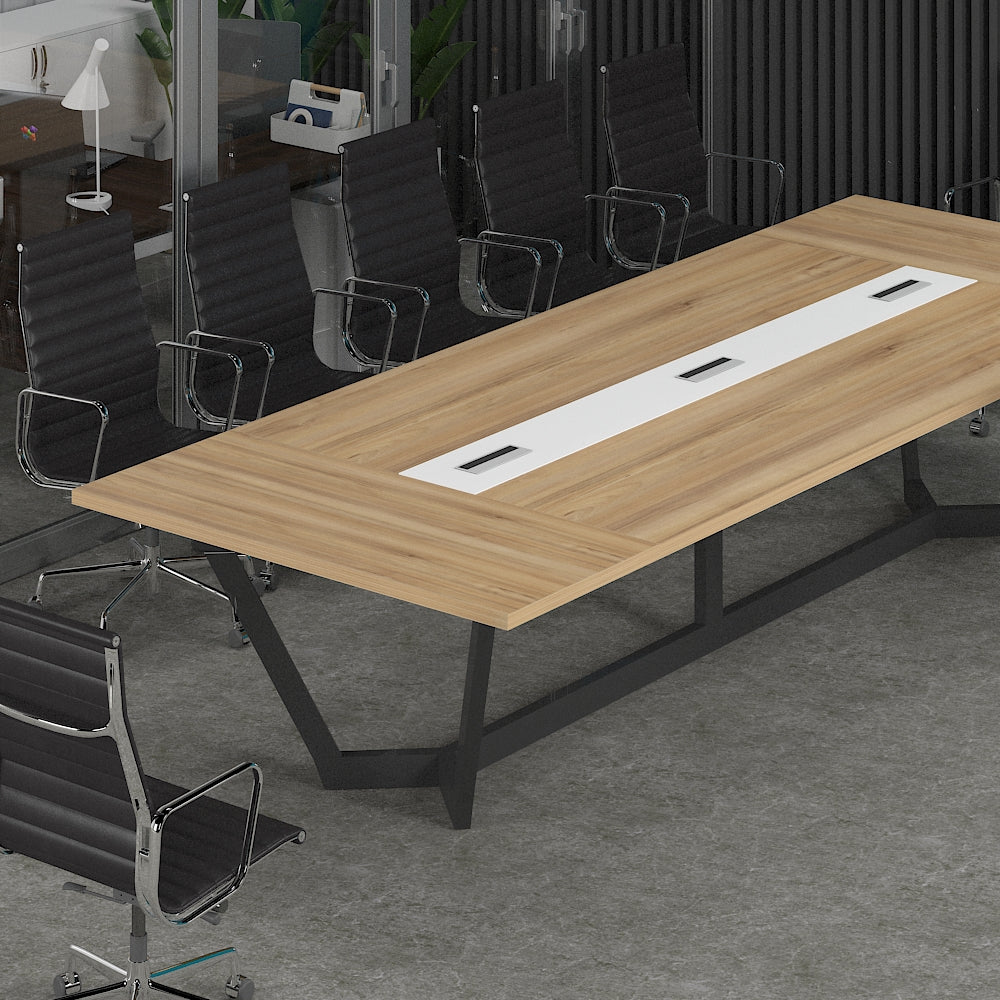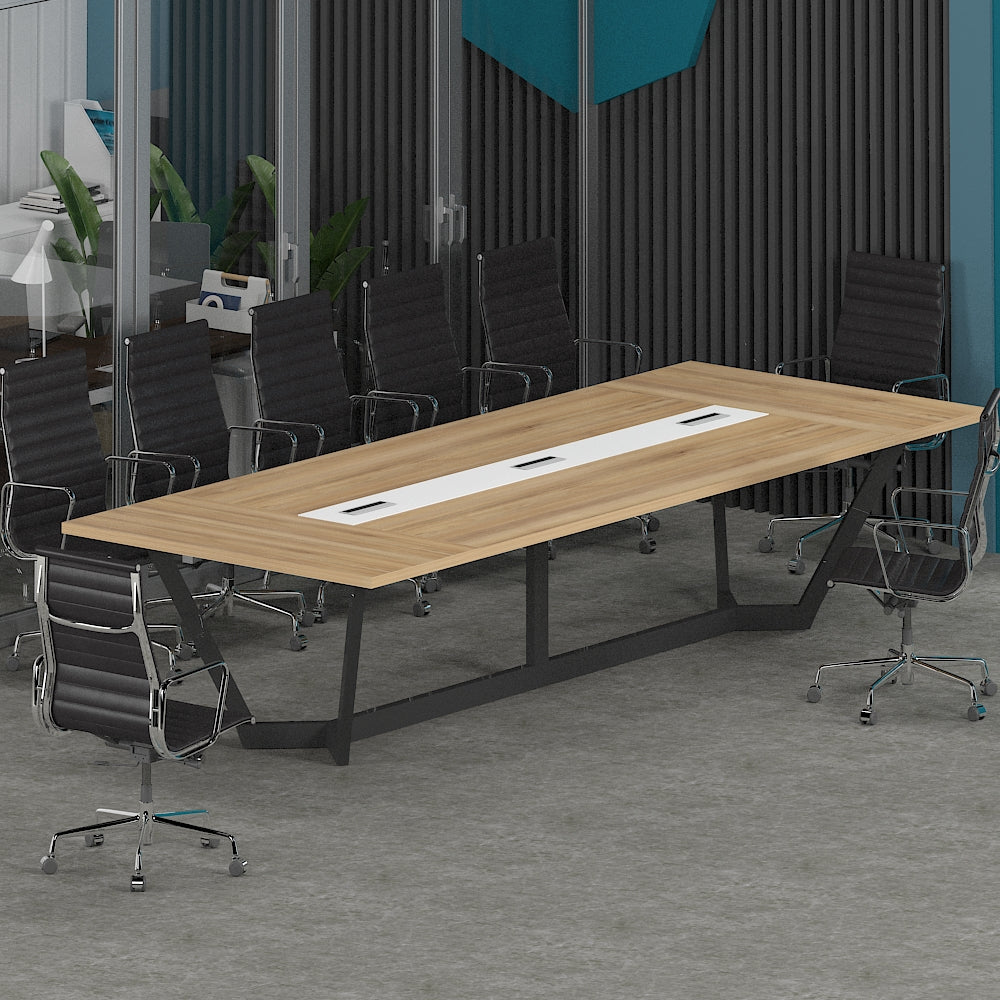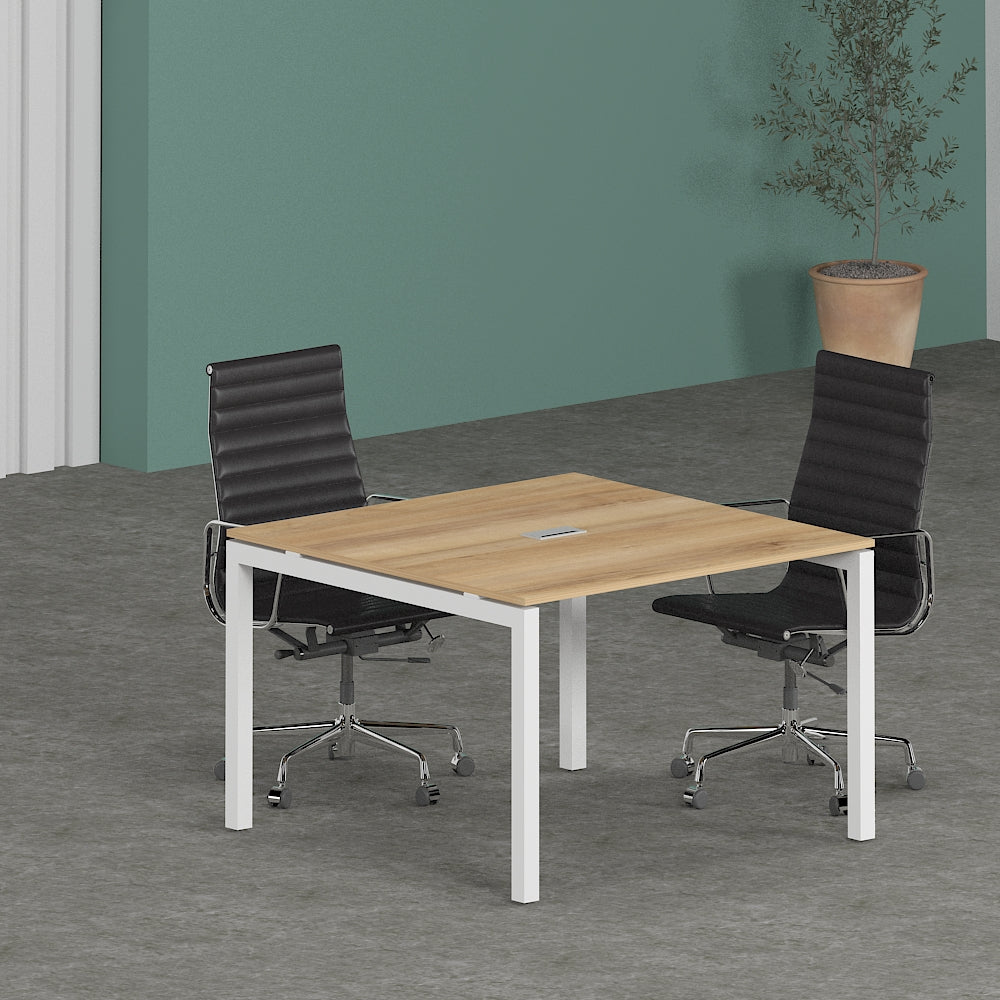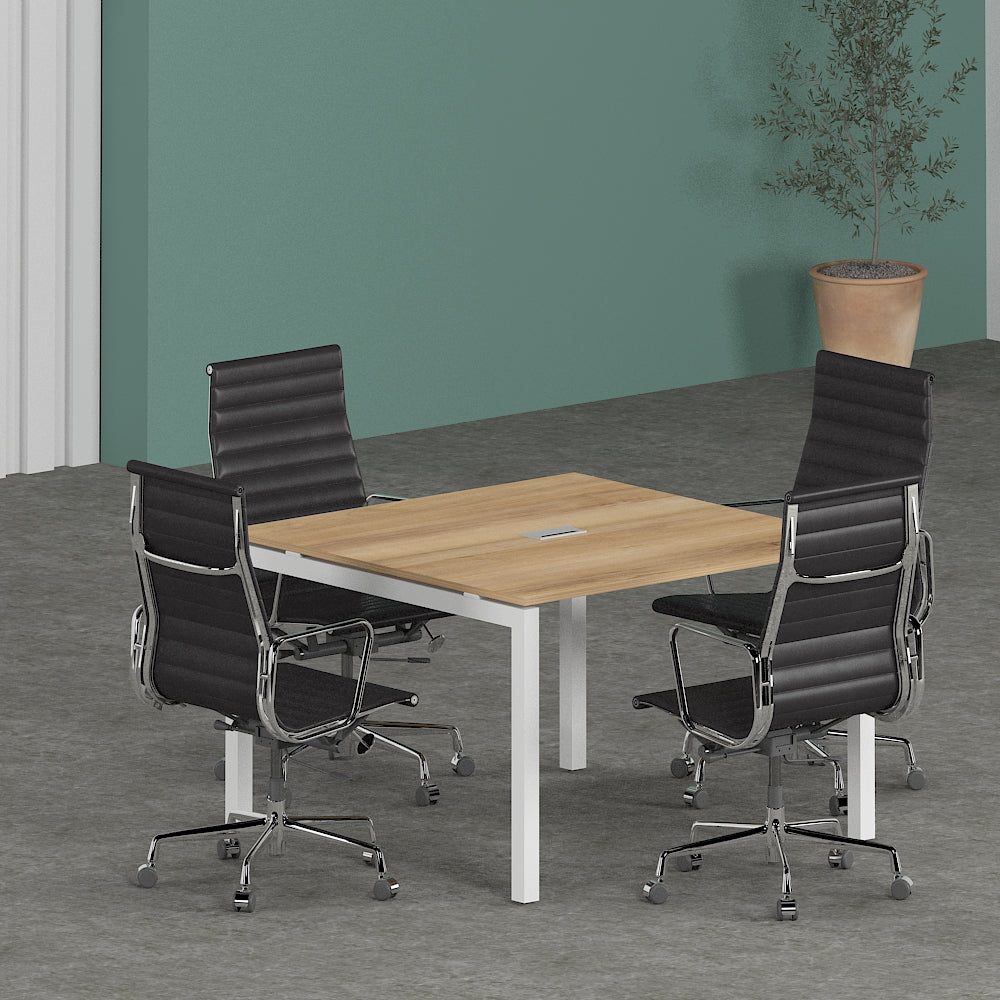Selecting the Perfect Office Furniture Matters
In the bustling world of business, where productivity and comfort are paramount, the importance of selecting the perfect office furniture cannot be overstated. Whether you're setting up a new workspace or revamping an existing one, choosing the right furniture can significantly impact not only the aesthetics but also the functionality and productivity of your office. From ergonomic chairs to spacious desks, every piece plays a crucial role in creating an environment conducive to work efficiency and employee well-being. Let's delve into the key aspects of selecting the perfect office furniture and why it matters.
Understanding the Significance of Office Furniture
Enhancing Productivity and Comfort
Your office furniture sets the stage for your employees' daily activities. Ergonomically designed chairs and adjustable desks promote proper posture and reduce the risk of discomfort or strain, thus boosting productivity levels. Comfortable seating and well-designed workstations can help employees stay focused and motivated throughout the day.
Reflecting Professionalism and Brand Identity
The furniture you choose reflects your company's culture and values. Sleek and modern furniture pieces convey professionalism and sophistication, while vibrant colors or unconventional designs can showcase creativity and innovation. Aligning your furniture choices with your brand identity creates a cohesive and memorable workspace that leaves a lasting impression on clients and visitors.
Factors to Consider When Selecting Office Furniture
Functionality and Flexibility
Before making any purchase, assess the specific needs of your workspace. Consider the tasks performed by employees and the type of furniture that would best support their work. Opt for versatile pieces that can adapt to different work styles and accommodate future growth or changes in your organization.
Ergonomics and Comfort
Investing in ergonomic furniture not only prioritizes the well-being of your employees but also prevents potential health issues such as back pain or repetitive strain injuries. Look for adjustable chairs with lumbar support, height-adjustable desks, and accessories like monitor arms or keyboard trays to promote proper posture and comfort.
Space Optimization
Maximizing space efficiency is crucial, especially in smaller office environments. Choose furniture that utilizes vertical space and offers storage solutions to keep the workspace organized and clutter-free. Modular furniture systems allow for customizable configurations tailored to your specific layout and spatial constraints.
Aesthetics and Design
While functionality is key, aesthetics should not be overlooked. Select office furniture that complements the overall design scheme of your workspace and creates a cohesive visual appeal. Consider factors such as color, materials, and finishes to achieve a harmonious and inviting atmosphere that inspires creativity and collaboration.
Best Practices for Office Furniture Selection
Conducting Research and Comparisons
Before making any purchases, research different furniture brands, styles, and pricing options. Compare features, warranties, and customer reviews to ensure you're getting the best value for your investment. Visiting showroom displays or requesting samples can provide firsthand experience with the furniture's quality and comfort.
Testing and Evaluation
Whenever possible, encourage employees to test out furniture options before making a decision. Allow them to provide feedback on comfort, functionality, and ergonomic support to ensure their needs are met. Conducting trial periods or pilot programs with select furniture pieces can help gauge their effectiveness in real-world settings.
Seeking Professional Guidance
If you're unsure about which furniture options would best suit your needs, consider consulting with an interior designer or furniture specialist. They can offer expert advice on space planning, furniture selection, and layout optimization based on your budget and requirements. Their expertise can help streamline the decision-making process and ensure you make informed choices.
Conclusion
Selecting the perfect office furniture is not just about aesthetics; it's about creating an environment that promotes productivity, comfort, and well-being. By prioritizing factors such as functionality, ergonomics, and design, you can create a workspace that reflects your company's values and enhances the overall work experience for employees. Remember to research thoroughly, test out options, and seek professional guidance to make informed decisions that align with your organization's goals and objectives.
FAQs (Frequently Asked Questions)
1. How do I determine the right size of office furniture for my workspace?
When selecting office furniture, consider the dimensions of your workspace and the layout of the area where the furniture will be placed. Measure available space accurately and choose furniture pieces that fit comfortably without overcrowding the area.
2. What are the benefits of investing in ergonomic office furniture?
Ergonomic office furniture is designed to support the natural posture and movements of the body, reducing the risk of musculoskeletal disorders and promoting overall comfort and productivity. It helps prevent fatigue and discomfort associated with prolonged sitting or repetitive tasks.
3. How can I ensure the durability and quality of office furniture?
Look for office furniture made from high-quality materials such as solid wood, steel, or durable plastics. Check for warranties and certifications that guarantee the furniture's longevity and adherence to safety and quality standards.
4. What are some cost-effective solutions for furnishing a new office space?
Consider purchasing pre-owned or refurbished furniture, which can offer significant cost savings without compromising quality. Explore bulk purchasing options or negotiate discounts with furniture suppliers to get the best deals for your budget.
5. How often should office furniture be replaced or updated?
The lifespan of office furniture varies depending on factors such as usage, maintenance, and quality. Generally, it's advisable to reassess your furniture every 5-10 years to ensure it remains functional, comfortable, and aligned with your evolving needs and preferences.


